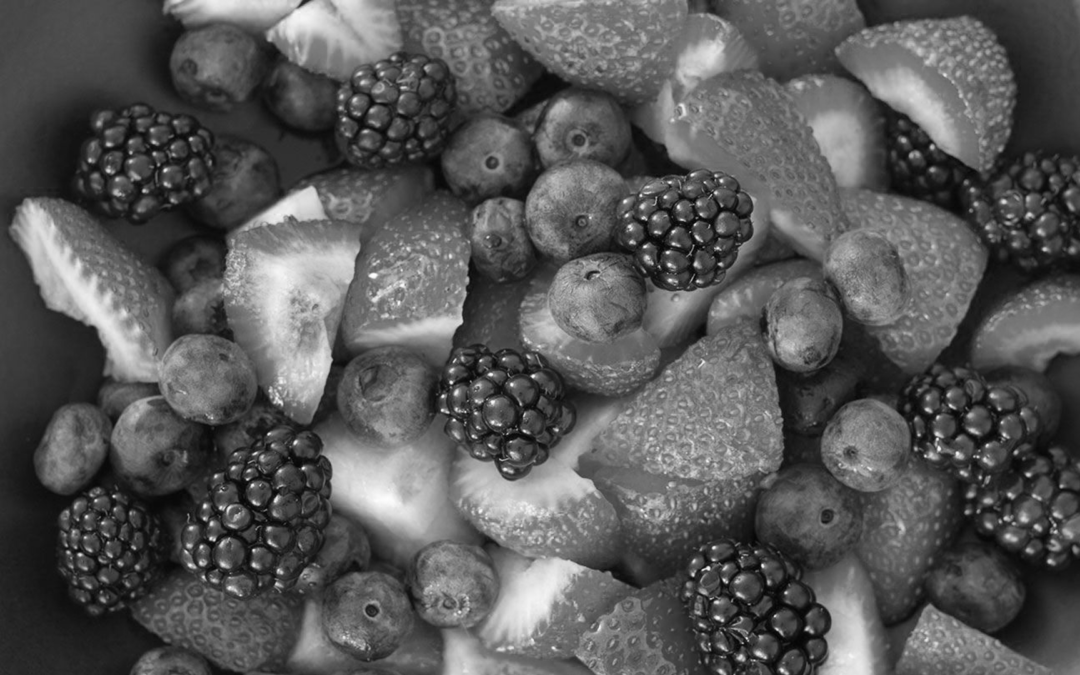Harnessing the Power of Food for Migraine Management
Living with migraines often means navigating a minefield of dietary triggers. However, in addition to avoiding potential culprits, paying attention to what you eat and when you eat it can play a pivotal role in managing migraine attacks.
Food as the First Line of Defense
Dr. Wynne Brown, MD, the medical director of integrative medicine at Atrium Health Wake Forest Baptist, underlines the significance of food in the battle against migraines. She emphasizes that our dietary choices and timing can make a world of difference in migraine management.
Diversifying Your Diet for Health and Headache Relief
The path to effective migraine management starts with a willingness to embrace change in your diet. Dr. Brown suggests that we often fall into the habit of consuming the same foods repeatedly. By introducing a variety of fresh fruits and vegetables, we can benefit from increased water content, essential vitamins, and minerals. This diversified approach not only aids migraine management but also promotes overall health.
Expert Tips for a Migraine-Resistant Diet
Here are some expert recommendations on foods and beverages that can significantly contribute to your migraine management journey:
1. Bananas: Quick Energy and Magnesium
- Bananas serve as an excellent snack option, especially for fending off migraine attacks or hypoglycemia-induced headaches. They provide quick energy recovery and are rich in magnesium, which can be beneficial for headache-prone individuals.
2. Watermelon: Natural Hydration
- Watermelon, although botanically a vegetable, is a hydrating fruit with a water content of 92%. Maintaining proper hydration is crucial for headache prevention, as dehydration is a known migraine trigger.
3. Seeds and Nuts: Magnesium and Fiber
- Magnesium deficiency is a common cause of persistent or cluster headaches. Seeds like flaxseed, sprouted pumpkin seeds, and chia seeds are excellent sources of magnesium. Pumpkin seeds also offer the benefit of dietary fiber, helping prevent constipation, which can accompany migraines.
4. Herbal Teas: Sinus Pressure Relief
- Herbal teas, like peppermint and ginger, can help relieve sinus pressure and tension headaches. Peppermint, in particular, is known for its effectiveness in alleviating sinus-related symptoms. Ginger tea may also help with tension headaches.
5. Coffee: Caffeine’s Dual Role
- Coffee contains caffeine, a common ingredient in headache medications. However, excessive caffeine intake can lead to caffeine withdrawal headaches. A moderate amount of coffee can provide relief from such headaches. Reducing caffeine consumption may involve switching to decaffeinated or half-caffeinated options.
6. Dark Chocolate: Caffeine and Magnesium
- Dark chocolate, containing moderate caffeine levels, can help alleviate caffeine withdrawal headaches. Additionally, it is a good source of magnesium, which is linked to migraine prevention.
7. Berries: Antioxidant Benefits
- Berries, such as blueberries, strawberries, blackberries, and raspberries, offer antioxidants that can relieve sinus pressure over time. Choosing organic options reduces pesticide exposure.
8. Mushrooms: Gut Health and Riboflavin
- Mushrooms, quinoa, nuts, and eggs are rich in riboflavin (B2), which helps maintain gut health. Riboflavin has been associated with migraine prevention.
9. Yogurt: Hydration and Gut Health
- Plain yogurt serves a dual purpose, aiding hydration and promoting gut health as a probiotic food. Opt for almond or cashew yogurt if dairy exacerbates your symptoms.
10. Cruciferous Vegetables: Hormone Regulation – For women experiencing menstrual migraines due to hormonal fluctuations, cruciferous vegetables can help regulate estrogen levels. These vegetables contain phytoestrogens, which may prevent menstrual migraine attacks.
11. Leafy Greens: Magnesium Source – Leafy greens like spinach and Swiss chard are magnesium-rich options. Magnesium supplements are often recommended for migraine prevention, making these foods a natural dietary source.
12. Black Beans: Stable Blood Sugar – Reactive hypoglycemia can trigger headaches. Choosing carbohydrates with a low glycemic load, such as black beans, squash, quinoa, or root vegetables, can help maintain stable blood sugar levels.
Remember, individual responses to foods vary, so keeping a migraine diary to track triggers and patterns can be invaluable. Consult your healthcare provider before making significant dietary changes, especially if you are considering supplements. Optimal migraine management often involves a multifaceted approach, and nutrition plays a key role in this journey.

Kristine Andersen is a highly-regarded health journalist with over a decade of experience in covering a wide range of health-related topics. She has a deep understanding of the latest developments in medicine and has a talent for making complex medical concepts accessible to a general audience.

